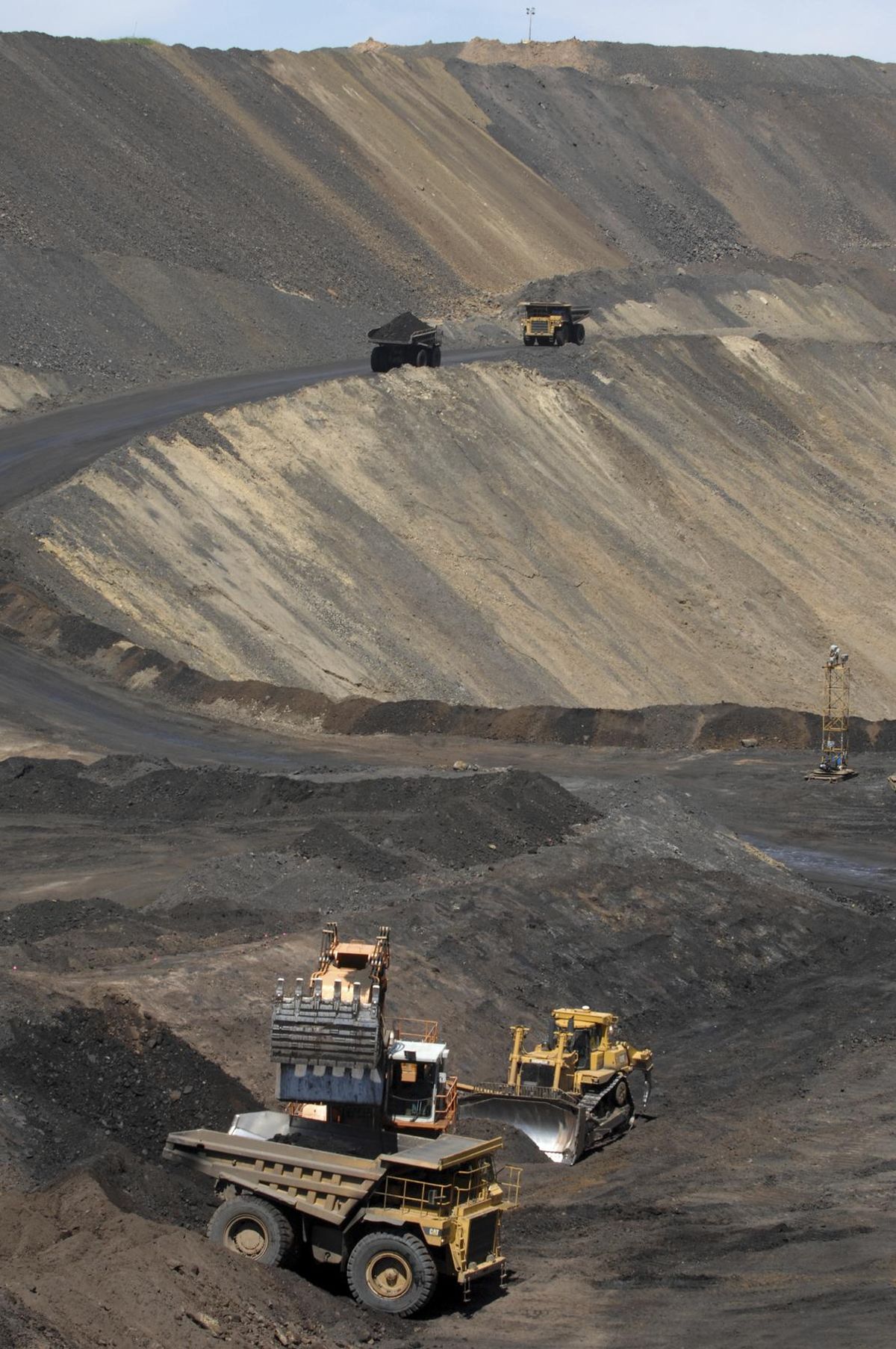Open-pit phosphate mines approved in Idaho, with safeguards

BOISE – Federal officials have approved two open-pit phosphate mines in eastern Idaho that include environmental protections intended to prevent the type of pollution caused by past phosphate mining in the area.
The U.S. Bureau of Land Management said Thursday it approved the Caldwell Canyon Mine project in Caribou County about 13 miles northeast of Soda Springs.
Bayer subsidiary P4 Production will develop the mines on three phosphate leases. Bayer acquired agricultural giant Monsanto, which previously mined the area, for $63 billion last year.
The company, in the Final Environmental Impact Statement released in May, said approving the mines would mean 185 miners working at its nearby Blackfoot Bridge Mine would transition to the new mine as the current mine runs out of phosphate ore.
The company also said opening the new mine would preserve 585 jobs at its processing plant in Soda Springs for the 40-year life of the mine.
The company didn’t return a call Friday seeking further details.
“The Caldwell Canyon Mine is a vital part of the Idaho economy,” said William Perry Pendley, acting head of the Bureau of Land Management. “This project’s approval means decades of additional job security and economic development for communities in the surrounding area, and the BLM is proud to play a part in sustaining those benefits.”
Idaho’s congressional delegation – Republican U.S. Sens. Mike Crapo and Jim Risch, and U.S. Republican Reps. Mike Simpson and Russ Fulcher – applauded the BLM’s approval of the plan.
“This record of decision from the BLM is the result of years of collaboration and I am very pleased and grateful for those who worked to make it possible,” Simpson said.
The area contains one of the nation’s most abundant deposits of phosphate ore that’s turned into fertilizer needed by farmers to grow food. Idaho-based Simplot also has a mine in the area.
The final plan for P4 Production’s mine involves two open pits covering about 1,200 acres. Most of that is on private land, while about 140 acres is on BLM land and 200 acres are on Idaho endowment land. State officials have already approved the lease on that land.
The Idaho Conservation League, an environmental watchdog group, said it was pleased the company used some of its ideas to minimize environmental impacts, including avoiding building roads in sensitive habitat and taking precautions to protect water quality.
“Mining at this scale can have a significant impact on the environment, so it’s very important that if it’s going to go forward, it’s done well,” said Justin Hayes, the group’s executive director.
Phosphate mining first started in the area in the 1940s. Since then, several dozen mines have opened and closed, leaving open pits and waste rock dumps. Selenium from the sites has leached into streams or been absorbed by plants.
Selenium is needed for life but is toxic in large quantities. In 1997, sheep and horses eating selenium-laden plants died. Now, the area has more than a dozen federal Superfund sites needing cleanup.
At the new mine, officials say a special type of cover – a geomembrane backfill cover, which has been put to use in the area in the past decade – will be used on backfill to reduce groundwater impacts.
Experts say the area is rich in phosphate because it was once an inland sea where organic material from fish, plants and small animals was deposited over the course of 5 million years.